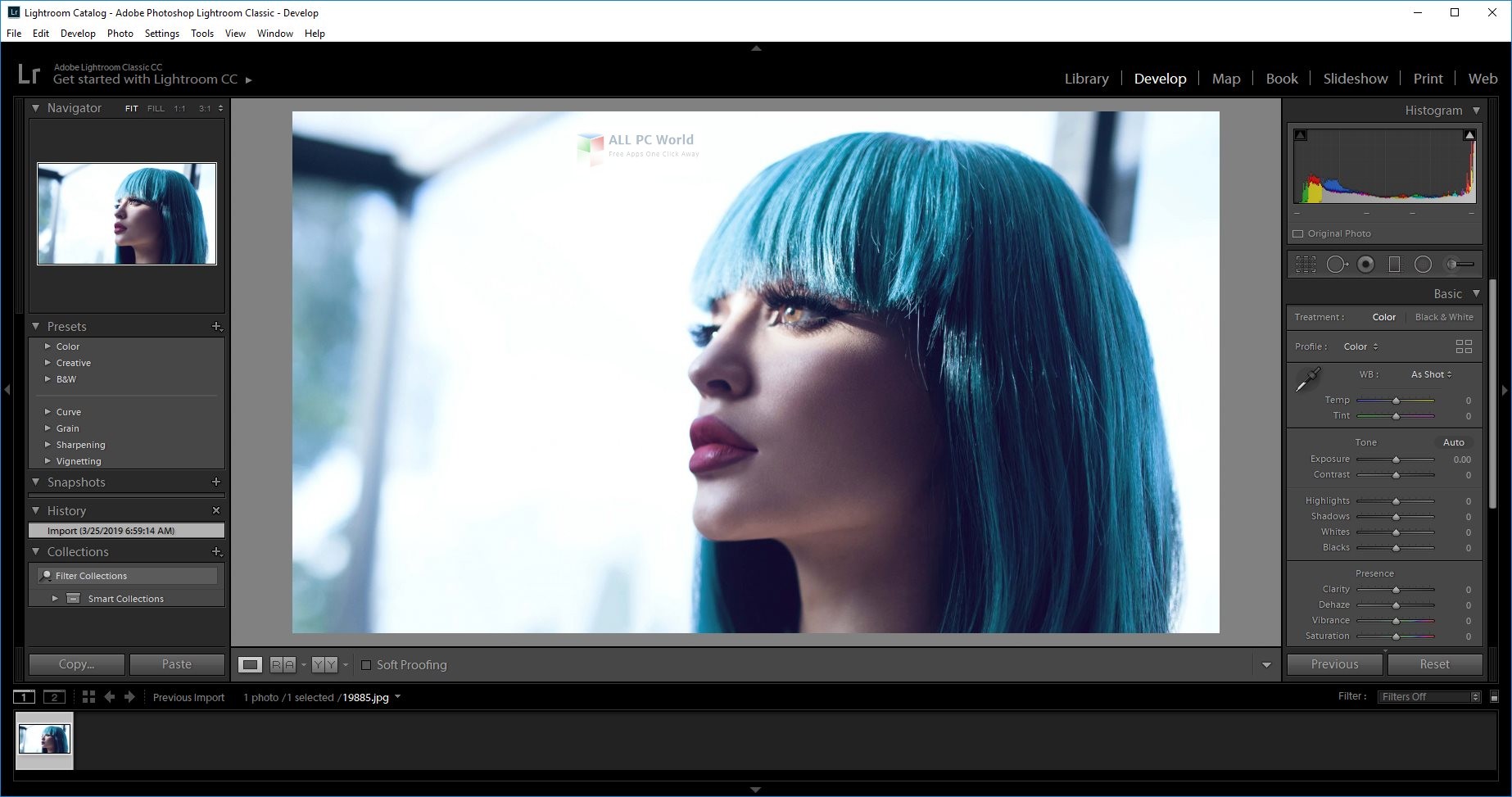

- ADOBE LIGHTROOM CC CLASSIC HOW TO
- ADOBE LIGHTROOM CC CLASSIC MANUAL
- ADOBE LIGHTROOM CC CLASSIC SOFTWARE
- ADOBE LIGHTROOM CC CLASSIC SERIES
Lightroom Classic supports both external editors and plug-ins – most plug in software publishers now include Lightroom plug-ins alongside Photoshop versions as a matter of course. Photoshop is not included in the basic Lightroom CC Photography Plan. There is no batch rename command on the menus and while it is possible to inspect the filename of individual images in the ‘info’ panel, it’s not possible to edit it.Ĭurrently Lightroom CC offers the option to edit images in Photoshop but we will have to see if support for plug-ins or other external editors is coming. This does not appear to be possible in Lightroom CC. In any event, the ability to batch-rename photos in Lightroom Classic can be extremely useful because you can give your images names based on the date they were taken, the subject or choose some meaningful file naming system of your own. The filenames created by cameras aren’t always very helpful, and if your camera resets the number to zero each time you format the memory card, it’s easy to end up with duplicate filenames.
ADOBE LIGHTROOM CC CLASSIC HOW TO
ADOBE LIGHTROOM CC CLASSIC MANUAL
Lightroom Classic sticks to manual keywording. Free Photoshop keyboard shortcut cheat sheetĪdobe’s web-based Sensei machine-tagging appears to work very well in Lightroom CC – it quickly found a wide variety of results for a search for ‘tree’.Top of the list is the omission of the Tone Curve panel, but there’s also no Camera Calibration panel, no Split Toning panel (though some presets do have a toning effect, interestingly), no Compare, Survey and Reference views and no Soft Proofing that we could see. The list of tools NOT in Lightroom CC is quite surprising.

In fact, Lightroom Classic has a much wider range of tools than Lightroom CC, and in this version it adds performance improvements (the single biggest request from users), the ability to use embedded previews for faster image browsing and selection and new Luminance Mask and Color Range Selection tools. You might expect that the new version of Lightroom would have all the tools of the old one and then some more besides. It’s certainly slimmed down and simplified, but for many photographers it may concentrate too much on organising and editing and not enough on output. Lightroom CC offers a much simpler editing experience, with a single window where both organising and editing take place. Lightroom CC, at least in its current form, has none of these, suggesting that for photographers who need this organising/editing/publishing and sharing workflow, the Classic version is still the best. Lightroom Classic offers the familiar Lightroom workflow module sequence, with a Library Module for organising, a Develop module for editing, and Map, Book, Slideshow, Print and Web modules. Structurally, it’s similar, with organising tools on the left and editing tools on the right, but these panels have been streamlined, stripped down and simplified to produce a much more spartan look – but one that works more effectively in a web browser or on a mobile device.

ADOBE LIGHTROOM CC CLASSIC SERIES
Lightroom Classic has the Lightroom interface we’re all used to, consisting of a series of workflow ‘modules’ with organisational panels on the left of the screen and collapsible tools panels on the right.


 0 kommentar(er)
0 kommentar(er)
